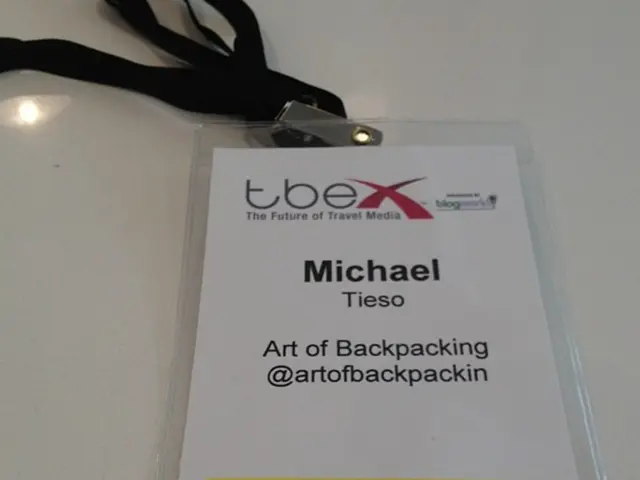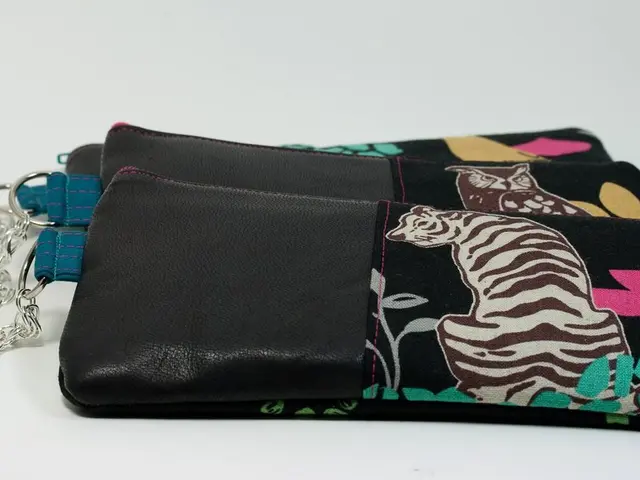Narratives' Role in Fostering Empathy
In the realm of design, a design leader named Mark Zeh posits that knowledge is best captured in stories. This idea is particularly relevant when applied to Design Thinking, a problem-solving approach that puts users at the forefront. Aristotle's seven elements of good storytelling can provide a framework for this holistic and well-rounded comprehension of users.
In the context of Design Thinking, spectacle refers to the unexpected insights about users that can spark discussions and ideas. These insights can be uncovered through various storytelling methods, such as story share-and-capture sessions and journey mapping. During a share-and-capture session, team members share observations from the field in the form of stories, with the rest of the team noting down interesting insights or quotes. A journey map, a detailed record of a user's experience, can help build empathy towards users and uncover insights.
The plot of a story in Design Thinking involves a person's change in fortune and is usually about overcoming some kind of obstacle or challenge in a Design Thinking project. This narrative structure can guide the design process, from identifying user problems to implementing solutions.
Character development in storytelling for Design Thinking involves gaining an empathic understanding of users' needs, motivations, and emotions. Dialogue, on the other hand, involves understanding what people say, how they say it, and what they don't say. These elements help designers develop a deep and emotional understanding of user motivations and needs.
Tim Brown, CEO of IDEO, advocates for integrating storytelling into the design process from the project's beginning. Storytelling methods such as story share-and-capture and journey mapping enable design thinkers to take advantage of the power of storytelling to build empathy with users.
Mary Catherine Bateson, a writer and cultural anthropologist, stated that "The human species thinks in metaphors and learns through stories." This sentiment is echoed in the many ethnographic research methods used in Design Thinking that involve some form of storytelling.
By effectively applying storytelling principles inspired by Aristotle and other storytelling frameworks, designers can create a more empathetic and user-centric design process. This approach can help establish a beginning (Empathy Building), develop a middle (Ideation and Prototyping), create an end (Testing and Implementation), and integrate story arcs.
Moreover, storytelling can serve as a common thread throughout a project, helping team members stay focused and inspired. It also fosters a collaborative environment, engaging stakeholders and users throughout the design journey. By turning user research into actionable insights, designers can ensure the narrative of user needs is central to the project.
In conclusion, storytelling plays a significant role in User Experience design and Design Thinking. By harnessing the power of storytelling, designers can create designs that resonate with users on an emotional level, leading to enhanced user experiences.
- In the design realm, Mark Zeh, a design leader, suggests that stories encapsulate knowledge effectively, particularly in Design Thinking, a user-centric problem-solving approach.
- In Design Thinking, unexpected user insights that fuel discussions and ideas are often discoveries made through various storytelling methods, such as share-and-capture sessions and journey mapping.
- The narrative structure in Design Thinking often revolves around a person's transformation and overcoming challenges in a project, guiding the design process from problem identification to solution implementation.
- Character development in Design Thinking storytelling focuses on empathetic understanding of users' needs, motivations, and emotions, while dialogue encompasses understanding both spoken and unspoken user cues.
- Tim Brown, CEO of IDEO, emphasizes incorporating storytelling techniques into design projects from their inception, as they aid in building empathy with users.
- As stated by cultural anthropologist Mary Catherine Bateson, "The human species thinks in metaphors and learns through stories," a sentiment reflected in the ethnographic research methods in Design Thinking, many of which involve storytelling.
- Leveraging storytelling principles inspired by Aristotle and other storytelling frameworks can lead to an empathetic and user-focused design process, helping establish a beginning, middle, and end, and integrating story arcs.
- Storytelling can serve as a unifying force throughout a project, fostering focus, inspiration, collaboration, and transforming user research into actionable insights, ultimately ensuring that user needs remain central to the project's narrative.




